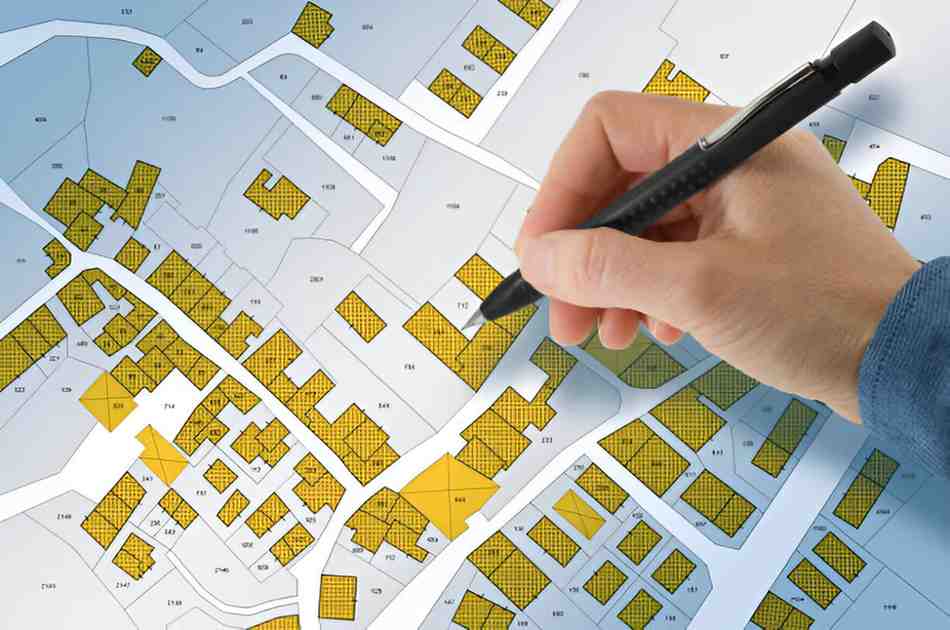Product development can often seem like a complicated, daunting process, especially for those new to the field. One key approach used in many industries is sequential product development, which breaks down the process into distinct phases that occur one after the other. While this method has been a staple for decades, it’s important to understand its structure, advantages, and limitations to determine how best to utilize it in various business scenarios. In this article, I’ll walk you through what sequential product development is, how it works, and provide a practical guide to applying it successfully.
Table of Contents
What is Sequential Product Development?
Sequential product development refers to a linear process of creating a new product. It is often compared to more flexible approaches like agile product development, but sequential product development takes a step-by-step approach, with each phase of development completed before moving to the next. This is typically known as the “waterfall” approach, where each phase must be completed thoroughly before the next phase begins.
This method is widely used in industries like manufacturing, software development (especially in the past), and product engineering, where a clear set of specifications and defined deliverables are necessary. The sequential approach ensures that each phase of development is thoroughly completed before moving on to the next. Let’s break down the steps involved in this process.
The Phases of Sequential Product Development
Sequential product development is structured around a series of phases, and while the specifics can vary depending on the industry or company, they generally include the following stages:
1. Conceptualization and Idea Generation
This is the initial stage, where the idea for the product is generated. It often begins with identifying a market need or a problem to solve. This phase involves brainstorming, idea generation, and gathering input from stakeholders or consumers. The goal here is to outline the vision for the product, define high-level features, and set clear objectives for what the product needs to achieve.
2. Feasibility and Planning
Once the idea is generated, the next step is assessing its feasibility. This is where the team evaluates whether the product can be developed within the constraints of time, budget, and resources. It involves conducting market research, technical feasibility studies, financial modeling, and risk assessments. A key part of this phase is defining the project scope and identifying the necessary resources. If the idea isn’t viable, it may be discarded or revised.
3. Design and Development
With a clear understanding of the project scope and feasibility, the next phase is product design and development. This is where engineers, designers, and developers create detailed specifications for the product. In this phase, prototypes may be developed, and various design iterations are tested. The goal is to create a product that is functional, marketable, and meets the requirements set out in the feasibility phase.
4. Testing and Evaluation
Once the design is complete, the product enters the testing and evaluation phase. In this stage, the product is rigorously tested to ensure that it works as intended. Testing can involve various methods such as user acceptance testing (UAT), stress testing, and quality assurance (QA). The goal of this phase is to identify bugs, usability issues, or other flaws that need to be addressed before the product can go to market.
5. Launch and Commercialization
After testing is complete, the product is ready for launch. This phase involves finalizing the product, preparing marketing materials, and ensuring that distribution channels are ready. The product is introduced to the market, and the sales and marketing teams begin their efforts to promote it. The goal is to attract customers, generate revenue, and ensure that the product’s introduction is smooth.
6. Post-Launch Review and Maintenance
Even after the product is launched, the development process isn’t over. Post-launch activities involve tracking the product’s performance, gathering customer feedback, and making any necessary adjustments. Maintenance may involve fixing bugs, rolling out updates, or introducing additional features. Continuous monitoring ensures that the product stays competitive in the market.
The Benefits of Sequential Product Development
While this approach may seem rigid compared to others like agile development, there are distinct advantages to following a sequential product development process:
- Clear Milestones and Deliverables: Each phase has clear deliverables and deadlines, which helps the team stay focused and organized. The process is well-structured, so everyone involved knows what’s expected at each stage.
- Lower Risk of Scope Creep: Because the project is defined upfront and each phase is completed before moving on, there’s less likelihood of the project scope expanding uncontrollably. This makes it easier to manage timelines and costs.
- Well-Documented Process: Sequential development often results in more documentation. Each phase is typically well-documented, which can be helpful for future product iterations or if the project encounters issues.
- Easier for Large Teams: For large projects, sequential development allows for greater coordination and clearer communication among teams. Since everyone knows what phase they are in and what the goals are, it helps reduce misunderstandings and errors.
- Ideal for Complex Projects: For products that require detailed planning and have a longer development timeline, sequential development ensures that no detail is overlooked. This makes it especially useful for highly technical products or those with regulatory requirements.
The Drawbacks of Sequential Product Development
Despite its advantages, sequential product development also has its drawbacks, particularly in fast-paced or highly dynamic markets:
- Limited Flexibility: One of the biggest downsides to sequential development is its lack of flexibility. Once a phase is completed, it’s challenging to go back and make changes without causing delays or incurring additional costs. This is especially problematic if new information or feedback emerges during later phases.
- Slower Time-to-Market: Because the project moves in a linear fashion, it may take longer to reach the market compared to more agile approaches. Delays in one phase can affect the entire timeline.
- Risk of Misalignment with Market Needs: By the time the product is launched, the market or consumer needs might have changed. Sequential development relies on upfront planning, and if the initial assumptions are wrong, the product may no longer be as relevant or desirable by the time it’s ready for launch.
- High Resource Intensity: Since each phase needs to be completed before moving on to the next, sequential development requires substantial resources at each step. This can be inefficient, particularly for small companies or startups with limited budgets.
Mathematical Models in Sequential Product Development
Sequential product development often involves multiple stages that require financial and resource management calculations. For instance, let’s consider the time and cost associated with each phase of the development cycle. The total cost of a product development project can be modeled as:
C_{\text{total}} = C_{\text{conceptualization}} + C_{\text{planning}} + C_{\text{design}} + C_{\text{testing}} + C_{\text{launch}} + C_{\text{maintenance}}Where:
- C_{\text{total}} is the total cost of developing the product.
- C_{\text{conceptualization}}, C_{\text{planning}}, C_{\text{design}}, etc., are the costs associated with each individual phase.
Additionally, each phase may take different amounts of time. The total time to develop a product can be calculated as:
T_{\text{total}} = T_{\text{conceptualization}} + T_{\text{planning}} + T_{\text{design}} + T_{\text{testing}} + T_{\text{launch}} + T_{\text{maintenance}}Here, T_{\text{total}} is the total time to bring the product from concept to market. If any phase experiences delays, it can affect the entire timeline.
Illustration of Sequential Product Development
To better understand how sequential product development works, let’s consider a simple example of developing a new software application. The company begins by identifying a market need for a personal finance app. The steps are as follows:
- Conceptualization and Idea Generation: The team identifies key features that the app should have—budgeting, expense tracking, and investment planning.
- Feasibility and Planning: Market research is conducted to ensure demand for the app, and financial projections are made. A timeline of 12 months is set for development.
- Design and Development: The development team creates a prototype of the app, which is tested by internal users.
- Testing and Evaluation: The app undergoes beta testing with real users, and feedback is used to make final adjustments.
- Launch and Commercialization: The app is launched, and marketing efforts begin to drive downloads.
- Post-Launch Review and Maintenance: The team monitors user feedback and releases updates based on customer requests.
Through this process, each phase builds on the last. The company cannot move on to beta testing until the app design is finalized, and they cannot begin marketing until they are confident that the app is working correctly.
Conclusion
Sequential product development offers a structured and predictable path for creating new products. While it may not be the most flexible approach, it provides clear phases that allow teams to focus on one task at a time and make sure each element of the product is thoroughly developed. Whether you are working in manufacturing, software development, or another industry, understanding how to apply sequential development can help you bring your product to market in an organized and efficient manner.





